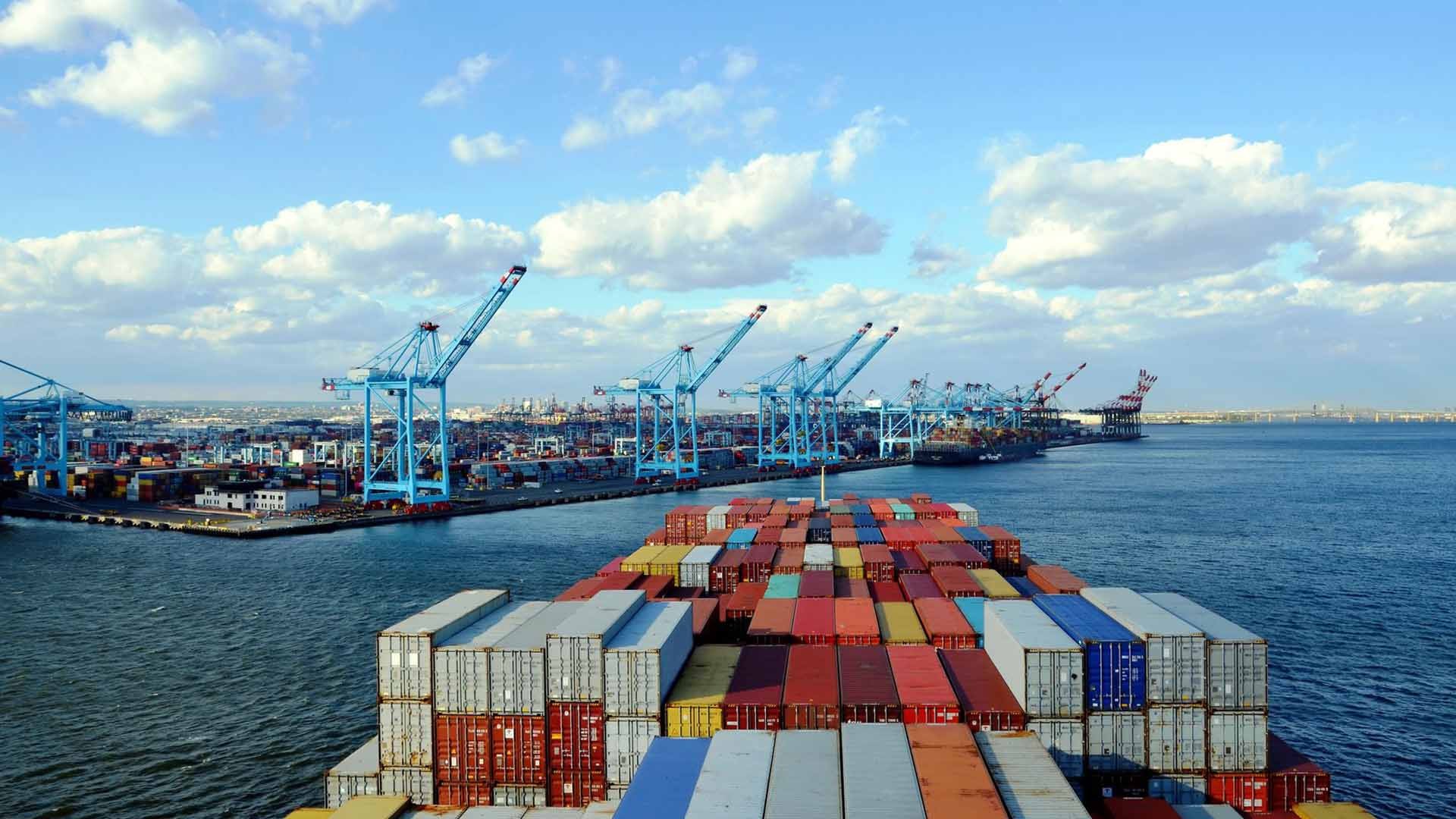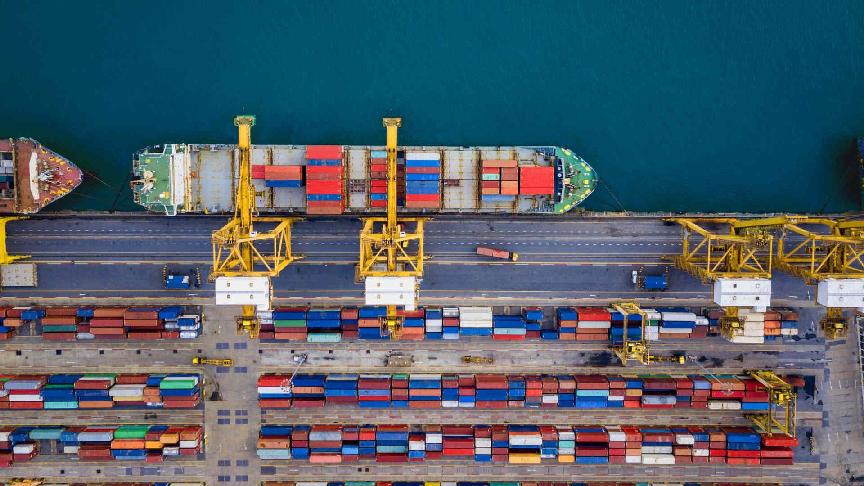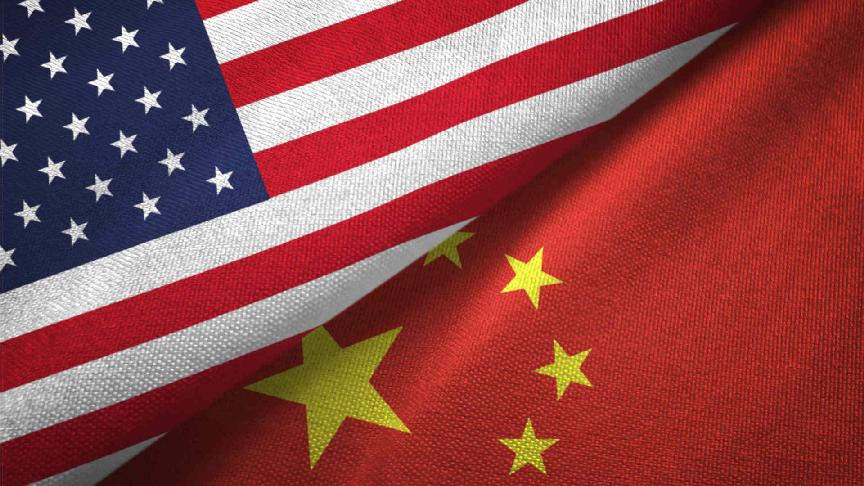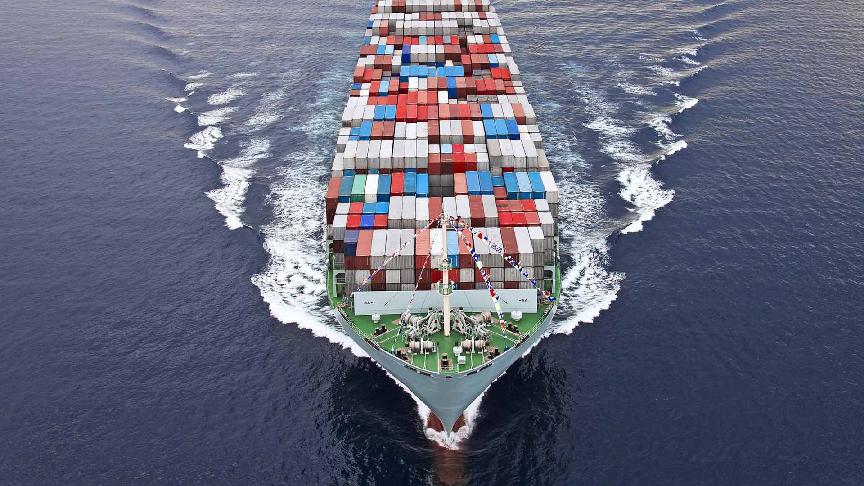In July, the United States Trade Representative (USTR) concluded the comment period on port fees for China-built vessels, and the implementation date is set on 14 October.
According to a Lloyd’s report, the US Customs & Border Protection is already preparing a payment system, although the final decision on the regulations is yet to come.
Stakeholders, particularly Chinese container liners such as COSCO and subsidiary OOCL, have raised concerns about the impact of these regulations.
Short deadline concerns
When the planned measures were first announced, some vessel operators pre-emptively reassigned China-built ships away from US routes.
The market now fears that the final decision might not be announced in time to allow adequate preparation before implementation.
Ship owners and operators said that time is essential to make adjustments to routes and that implementing such changes typically takes around four months.
Maritime shipping analyst Lars Jensen believes that this is a complex task that may lead to variability in available capacity across different trades.
Writing for ShippingWatch, Jensen highlighted that carriers “will strive to swap Chinese-built vessels in US-bound trades with non-Chinese vessels in other trades on order to limit their cost exposure.
"Whilst this might sound simple, it is a complex operational task which is prone to cause some variability in the capacity available in various trades,” he adds.
OOCL sees a significant impact
The situation is more challenging for Chinese carriers such as COSCO and its subsidiary OOCL. These carriers face USTR fees on all ships calling at US ports, regardless of their construction origin, and the fees are higher than those for non-Chinese shipping lines.
Carrier OOCL recently expressed that it expects a significant impact resulting from the USTR decision. However, the company also sees a shift in trade patterns.
“The additional port charges levied by the US on Chinese carriers will have a relatively large impact on the Group. On the other hand, as global trade patterns shift to becoming more regional, market divergence may occur,” says the company in a comment.
Adding to this situation is the tariff uncertainty between the two economies.
Reciprocal tariffs imposed by the US on China are currently suspended at 10% until 10 November. Meanwhile, a 20% tariff remains in place for fentanyl.
Several other tariffs, including some dating back to the early days of the Trump administration, continue to apply to specific commodities.
Tariff uncertainty also still engulfs trade relations between the US and other key world economies, including Brazil, India, and South Africa.
What is certain, however, is that the upcoming period will hold key decisions for maritime trade.







